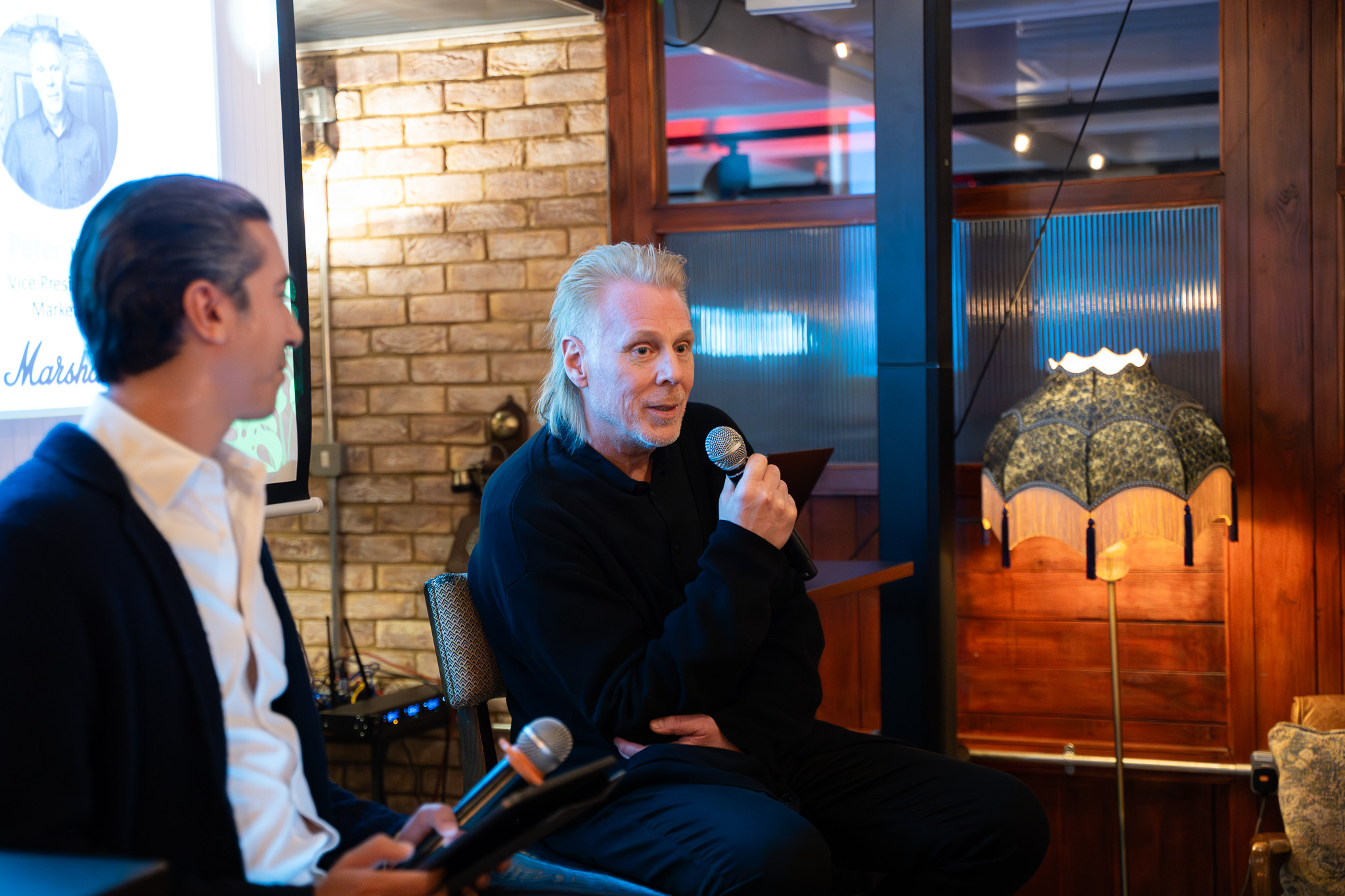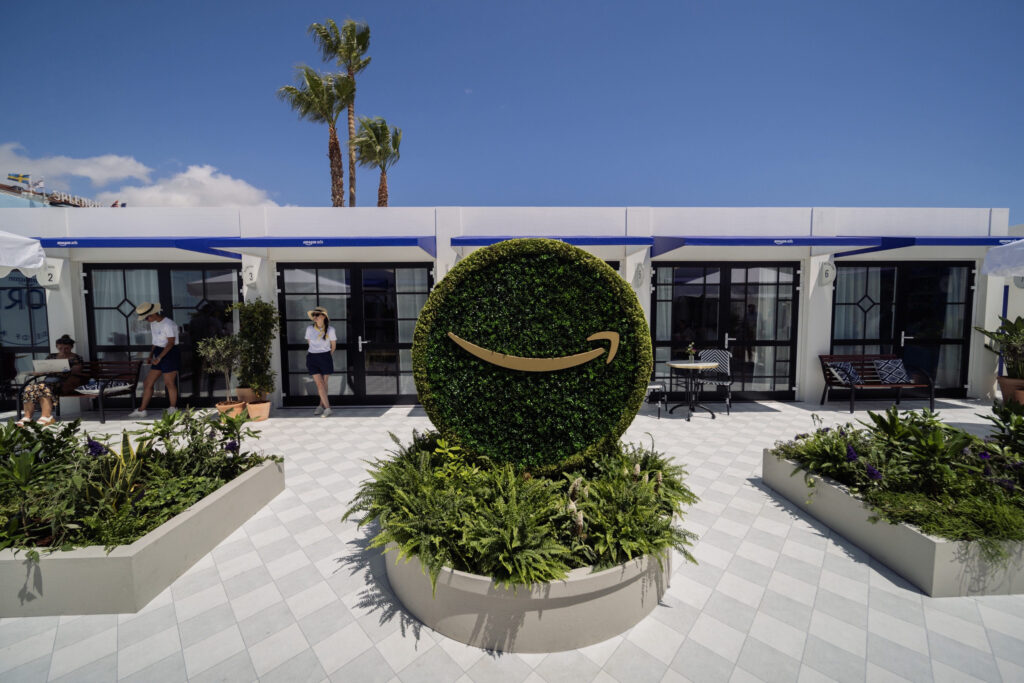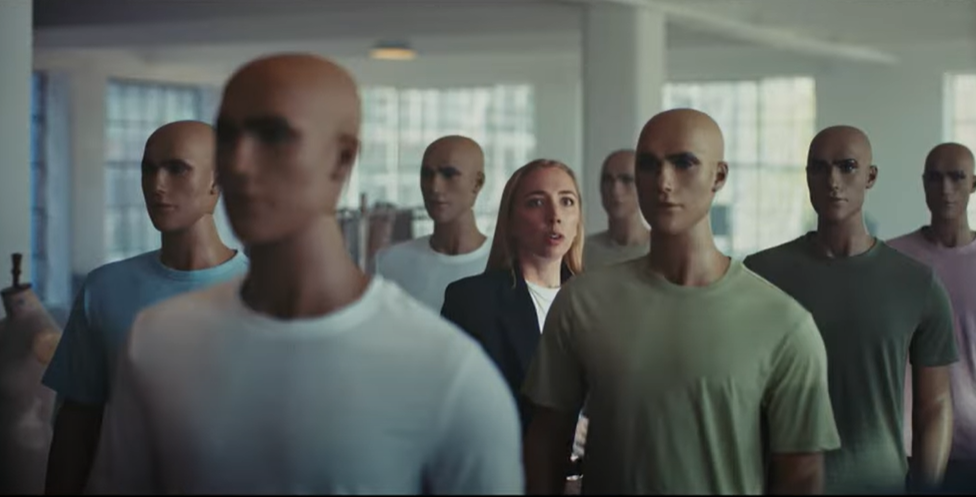Marshall became an instant icon when Jimi Hendrix used Pete Townshend’s amp stacks for his iconic performance at Woodstock. Ever since the wall of sound has been ingrained in music culture. Brands can’t buy this kind of equity.
“I’m working for a brand whose natural habitat is music,” said Peter Wijk, vice president of marketing at Marshall, during the Brand Innovators Marketing Innovation Summit in London during SXSW. “It’s the core. It actually creates the noise of music. And I think showing up authentically is increasingly important because selling out is the worst part of the brand with the roots that we have. Without music, there’s no Marshall.”
Showing up means offering free backline gear to schools, rehearsal spaces and independent venues. Its partnerships with musicians. It’s opening a record level in which the artists keep their publishing rights and a recording studio in Milton Keynes, not far from the factories where the brand still hand makes its amps.
The brand leans into their values and heritage. Marshall endorsers include Slash, Angus Young and Billy Joe Armstrong. In their marketing, the brand leans into these musical connections and aims to keep it entertaining. They recently created a spoof of MTV Cribs is back with a one-off special, featuring Dan and Justin Hawkins of The Darkness. “It’s just a matter of us building credibility and bringing that audio trust with us into new categories,” said Wijk.
But when your core products are so good they last from generation to generation, how do you grow the business? The challenge is to bring the brand to a wider audience and into new categories including bluetooth home speakers, headphones and soundbars.
“Bridging that gap is the biggest challenge for us as we build products for the next six years to deliver growth,” said Wijk.

The company spends a lot of time thinking about translating the awareness from “the mother brand,” into category awareness and consideration, so that the Marshall name comes to mind for a customer looking to buy headphones or a soundbar before they are in the market to buy.
The company takes a brand-first approach to marketing, over performance. It’s helped that the CEO and CFO believe in the long term brand equity over short term sales goals. But it is always a balance, said Wijk, who said he has a close relationship with the head of commercial. The two often work on juggling short-term needs and long-term ambitions.
The gold Marshall logo is in people’s minds from seeing bands on stage or on TV but that doesn’t necessarily translate to brand recognition beyond black amps. While other companies in the premium audio market like Apple or Sonos are focused on clean minimalism, Marshall leans into the look of its iconic speakers in its home speaker design.While other soundbars are designed to hide behind the furniture, Marshall owns its loud design.
“We’re the antidote to Scandinavian minimalism and we’re proud of that,” said Wijk.
“We’re looking at the logo. Is it big enough? Can we get more gold in there? They look and feel analog and that’s on purpose. Because we want you to go up and turn it on. We are who we are and we don’t apologize.”




